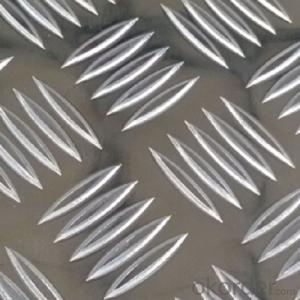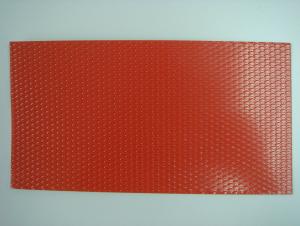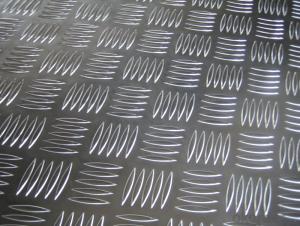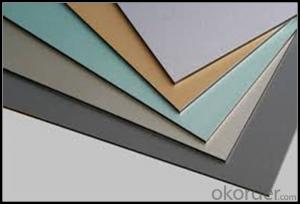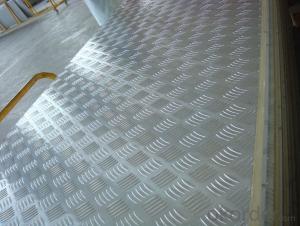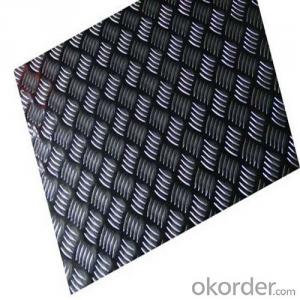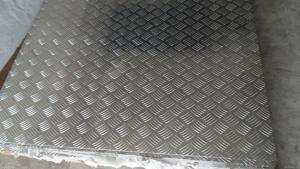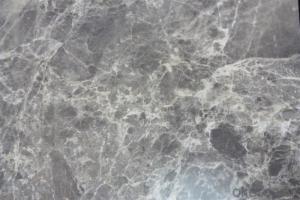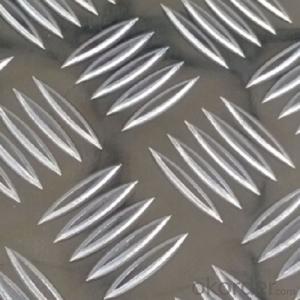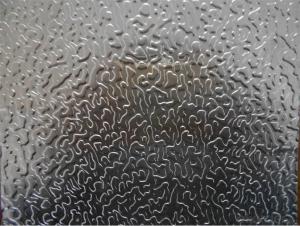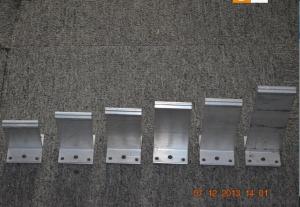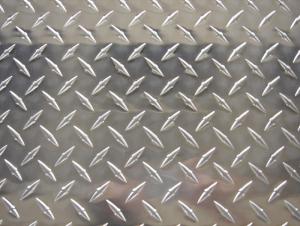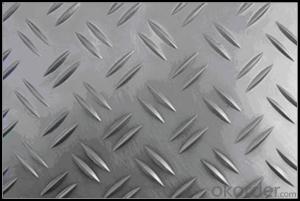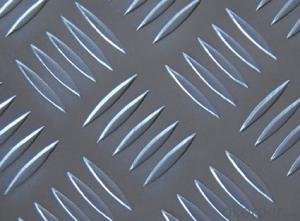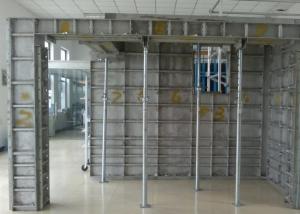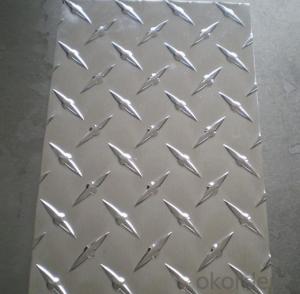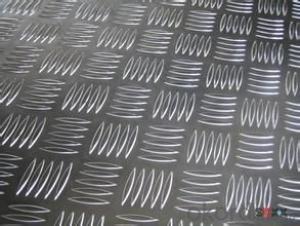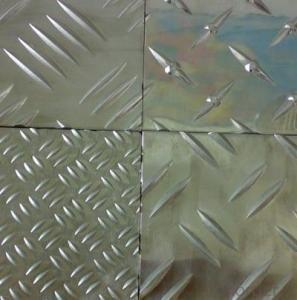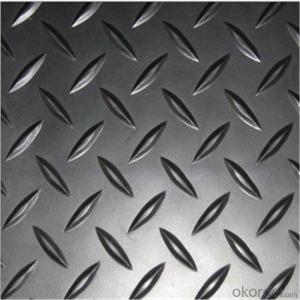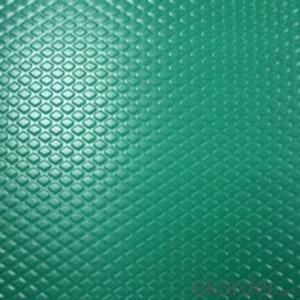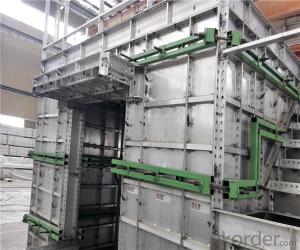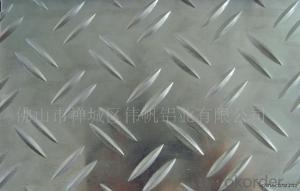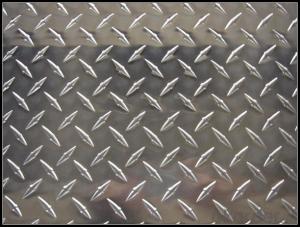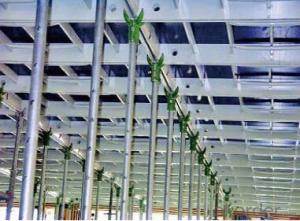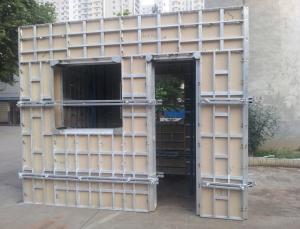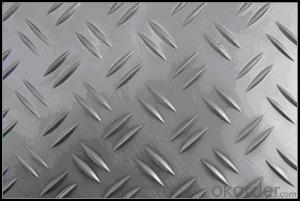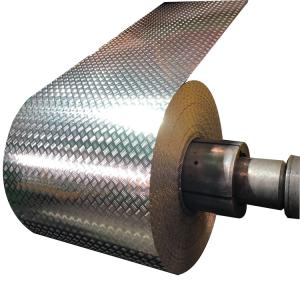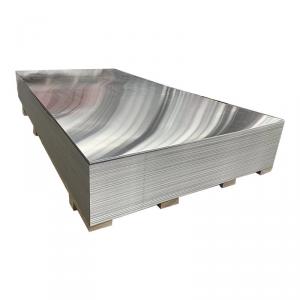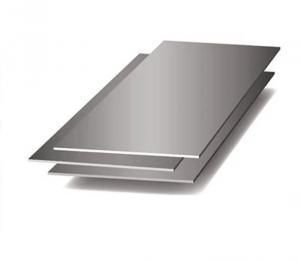Aluminum Tread Plate Patterns
Aluminum Tread Plate Patterns Related Searches
Tread Plate Aluminum Aluminum Tread Plate Sheets Aluminum Tread Plate Thickness Aluminum Tread Plate Sheet Aluminum Tread Plate Prices Tread Aluminum Plate Aluminum Pattern Plate Tread Plate Aluminum Sheets Polished Aluminum Tread Plate Diamond Tread Plate Aluminum Aluminum Diamond Tread Plate Aluminum Tread Plate Sheet Metal Aluminum Tread Plate Weight Black Aluminum Tread Plate Aluminum Tread Plate For Sale Aluminum Tread Plate Suppliers Aluminum Plate Texture Diamond Tread Aluminum Plate Aluminum Tread Plate Fenders 3003 Aluminum Tread Plate Aluminum Tread Plate For Trailer Bright Aluminum Tread Plate Aluminum Tread Plate Home Depot Aluminum Tread Plate Tool Box Embossed Aluminum Tread Plate 4x8 Aluminum Tread Plate Aluminum Tread Plate Near Me Aluminum Triangle Plate Aluminum Tread Plate 4x8 4017 Aluminum Tread PlateAluminum Tread Plate Patterns Supplier & Manufacturer from China
Aluminum Tread Plate Patterns are a type of aluminum flooring material characterized by their slip-resistant surface and distinctive diamond-shaped pattern. These patterns are designed to provide excellent traction and durability, making them ideal for various industrial and commercial applications. They are commonly used in environments where safety and slip resistance are of paramount importance, such as on stairways, ramps, walkways, and platforms.The application of Aluminum Tread Plate Patterns is extensive, as they are suitable for both indoor and outdoor use. They can be found in various industries such as construction, manufacturing, transportation, and marine, where their non-slip properties and corrosion resistance are highly valued. These patterns are also popular in public spaces like shopping malls, airports, and train stations, where foot traffic is heavy and safety is a priority. Additionally, they are used in recreational areas, such as swimming pool decks and locker rooms, to prevent slips and falls.
Okorder.com is a leading wholesale supplier of Aluminum Tread Plate Patterns, offering a vast inventory to cater to the diverse needs of customers. With a commitment to quality and customer satisfaction, Okorder.com ensures that the Aluminum Tread Plate Patterns they provide meet the highest industry standards. Their extensive selection and competitive pricing make them a preferred choice for businesses and individuals looking to purchase this product in bulk.
Hot Products
